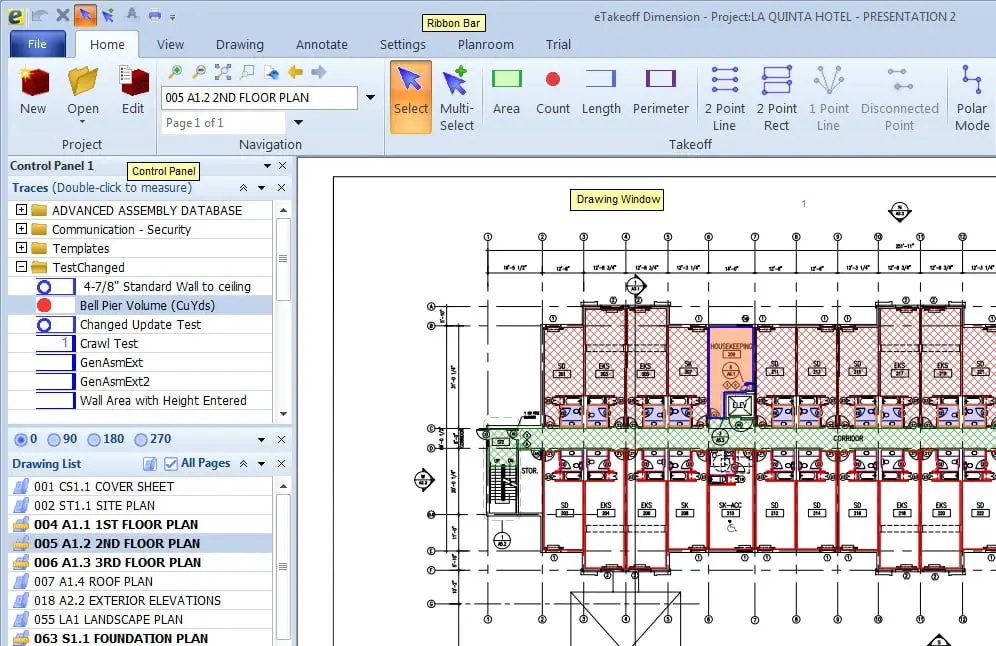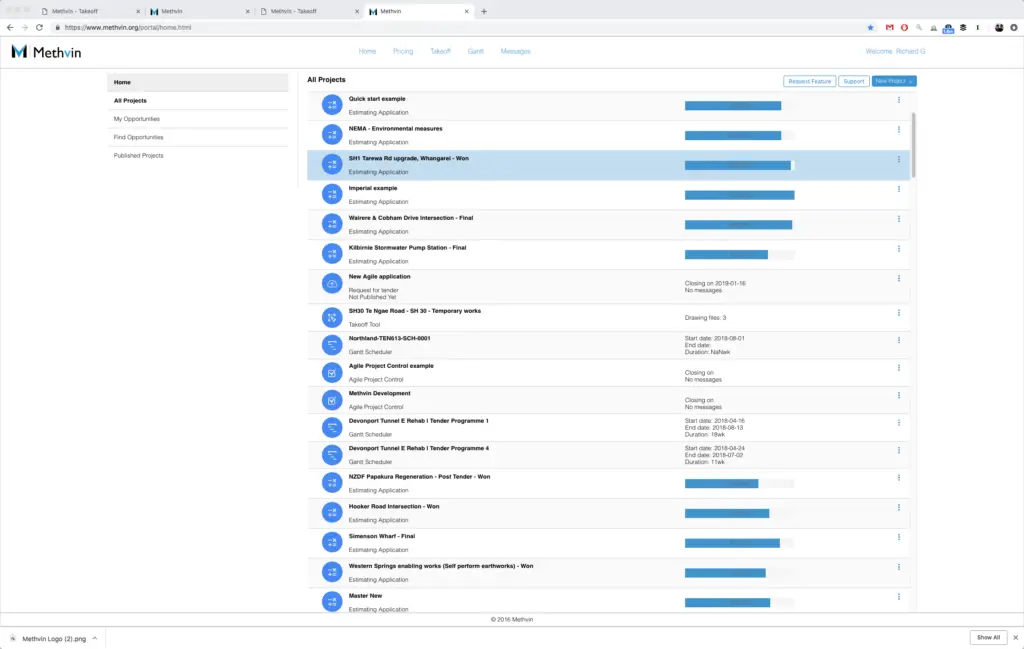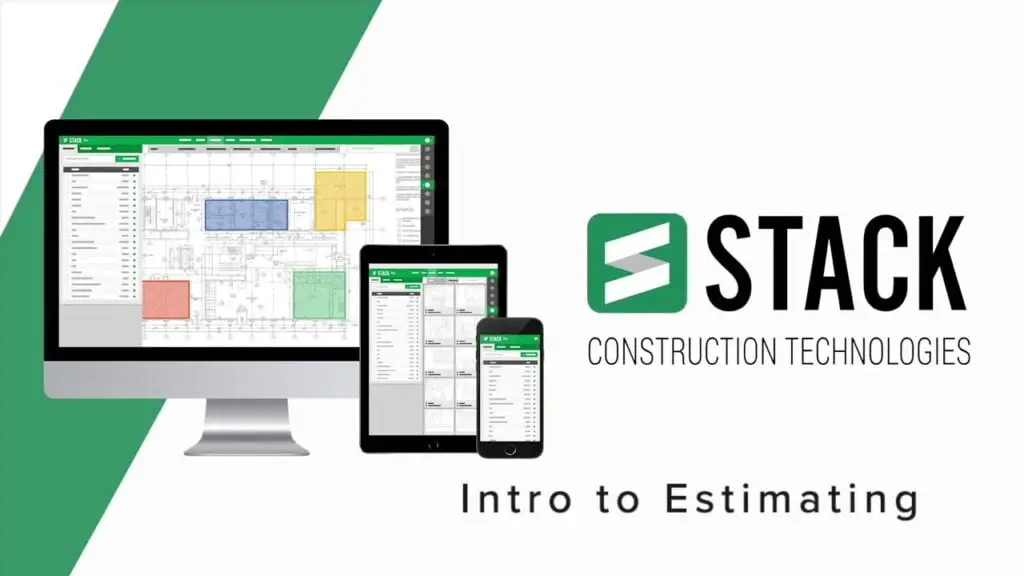
3 Best and Free Construction Estimating Software Tools
Creating an accurate budget estimate as a builder is critical to the success of any building project. A well-planned and precise estimate keeps you on track, but it’s no secret that the estimation process itself is complicated.
First, you must assess the construction site’s plan and estimate the materials and labor that will be necessary. The project budget is then created by obtaining the cost of components from distributors or third-party pricing databases. Finally, you offer the data to the customer in the form of a building cost report.
Manually doing these activities might not only be time-consuming, but it can also result in poor-quality takeoff and, as a result, inflated estimations. Construction estimating software can help alleviate the load. To make the cost estimation process easier for you, these solutions provide takeoff measuring tools, built-in calculators, proposal generators, and interaction with cost database
Buying a building estimates system might be costly. Keeping this in mind, we’ve compiled a list of three free construction estimating software programs for cost reduction. These items are organized alphabetically.
What is Construction Estimate?
The practice of projecting the cost of constructing a physical structure is known as construction cost estimate. Of course, both builders and clients are concerned about the financial consequences of cost overruns and project failure. That is why they spend time and effort evaluating how much a project will cost before determining whether or not to proceed with it. When it comes to significant projects, clients frequently want numerous cost estimates, including those generated by contractors and those computed by independent estimators.
Cost estimates are used by project managers to establish the scope and viability of a project as well as to allocate money. Contractors use them to determine whether or not to bid on a job. Estimates are often prepared with the assistance of architects and engineers to guarantee that a project’s financial feasibility and scope are met.
A proper cost estimate saves the builder money and keeps the consumer from overpaying. It is a key component of earned value management, a project management approach that compares the performance of a project to the overall time and cost estimate.
Creating a construction cost estimate is good practice for anyone who is concerned about the cost of their project. You frequently estimate costs for various types of construction projects, from new construction to renovation.
Accurate estimates are especially important for development projects, which have budgets and timetables tied to repaying lenders and generating money as soon as feasible. They are also required for big civil projects, commonly known as mega-projects, because to their huge scale and the probable participation of public funds. Small mistakes become exacerbated in a large project. Cost estimates in projects built with public monies encourage accountability, transparency, and faith in your capacity to run the project appropriately.
Failure to generate an accurate cost estimate might have severe consequences. The Marble Hill nuclear power facility in Indiana was one well-known example. Seven years after work began, the owner abandoned it in 1984. Due to cost overruns, the Public Service Company of Indiana had only finished half of the project and spent $2.5 billion.
It is difficult to estimate the cost of any project with precise precision, and projects might fail for unanticipated causes. A good estimator, on the other hand, will take into consideration as many aspects as necessary, including market circumstances, to provide an accurate estimate.
The accuracy of a cost estimate is dependent on several factors, including the quality of the project plan, the level to which the estimator defines a project, the estimator’s experience and expertise, the accuracy of cost information, and the quality of any tools and methods used by the estimator.
Cost estimating may fall to one individual or a team, depending on the nature and scale of a project, as well as the industry, and estimators may have a variety of professions. Contractors and subcontractors generate cost estimates for some building projects, while this is not considered best practice. At times, the construction salesman will be in charge of developing an estimate. Architectural businesses may employ in-house estimators, who are generally employees who do the estimator’s duties in addition to their primary responsibilities. However, trained independent estimators are increasingly handling estimations against which the contractor’s estimates are verified.
Good cost estimates win projects for contractors. Customers often choose the lowest proposal that fulfills their criteria and specifications. In a competitive bidding environment, the time and effort you put into generating the estimate is a cost of conducting business as well as an investment in securing the work. If a project is time-sensitive, the speed with which you prepare a proposal might be a difference.

eTakeoff Dimension
eTakeoff Dimension is a construction takeoff solution that allows you to estimate the amount of work and materials needed to finish a project and compute the cost of those items and labor.
The program allows you to digitally measure a building site using equipment like extensions and assembly. It connects with Microsoft Excel, allowing you to do cost estimating by dragging and dropping material amounts and measurements.
eTakeoff also provides a premium program called Bridge. Bridge allows Dimension to effortlessly interact with Sage Estimating, a cost estimating tool, to transfer takeoff measurements for cost estimates.
Other features include:
Overlays are used to compare two separate drawings.
Batch printing of drawings on numerous printers at the same time.
Collaboration on the same drawing by several users.

Methvin
Methvin is a building takeoff and estimating tool that uses computation spreadsheets to generate cost estimates. You may utilize its JavaScript function to generate estimates on worksheets and copy a worksheet from one project to another.
The program includes a takeoff tool that allows you to measure the area, perimeter, and other dimensions of site drawings and layouts, allowing you to estimate the amount of materials required for a project. In addition, your team members can work together on the computations and export the takeoff report as an Excel or PDF file.
Other features include:
To arrange tasks for project team members, use Gantt charts.
A tender platform that allows you to publish your tenders for subcontractor bids online.
Document management is used to store and distribute project files to stakeholders.


STACK
STACK is a takeoff and estimating software that allows you to estimate building costs and execute takeoff calculations. It includes a library of items and assemblies that you can use to estimate the cost of labor, equipment, and materials needed to execute a project.
Using the area, linear, and count tools, you may annotate and measure site designs. You may also add project papers (blueprints, drawings, etc.) to the takeoff template library for collaborative revision by numerous people.
Other features include:
A bid calendar is used to keep track of all contractor bids in one spot.
Project status tracking is used to monitor project progress.
Reports on takeoff and cost estimation for future project study.

Would be terrific if you could come take a look at our website, any feedback or ideas on how we could collaborate welcome. We would likewise invite any concepts on short articles we can develop surrounding construction estimating together maybe?
Interesting article. Be great if we could collaborate on an article about estimating in the near future?